Do you want to switch out your old bathroom floor for swanky new vinyl flooring? Vinyl planks are waterproof and are perfect for high moisture areas such as the basement or bathroom. New varieties are also stylish, and they will give your bath area a fresh modern look.
In this article, we will show you how to install floating vinyl plank flooring in a bathroom. The task is relatively demanding, but with the right tools and an understanding of basic flooring techniques, you can renovate your bathroom for cheap.
Given that this is a floating floor, you will need to pay attention to a couple of things, such as leaving a space around the walls for the planks to expand and contract safely. We’ll get into all the details in a bit, so without further ado, let’s get straight into installing your new vinyl floor.
Table of Contents
Tools and Supplies You Will Need
- Pry bar
- Mallet
- Belt Sander
- Tapping block
- Utility knife
- Silicone caulk
- Vinyl planks
Step-by-Step Guide To Install Floating Vinyl Plank Flooring in a Bathroom
Follow these steps to build your new floating vinyl plank floor.
Step 1: Remove the toilet
Whether you have a half or full bath, the best way to get a clean, professional look when installing the planks is to remove any obstructions on the floor. It might seem easier to just lay the planks around the toilet, but in the end, you might not get the neat look you are after.
Your best bet is to remove the toilet and any other obstacles, such as the vanity, if possible. Here is a helpful video that will show you how to remove and reinstall the toilet.
Step 2: Remove the baseboard
When installing a floating floor, you need to leave space between the walls and the planks. Space allows the flooring to contract and expand safely without causing the planks to bulk out of place due to temperature changes. Removing the baseboard cladding enables you to leave the necessary space needed to install a stable floating floor.
Pro Tip: Fill the air vents in the bathroom with old towels to keep dust and debris from getting in there and causing a ventilation issue later on.
Step 3: Remove existing flooring
Most bathrooms are fitted with ceramic tile flooring. If this is the case for you, you will need to first take out the tiles before installing the vinyl planks. If you have laminate or concrete floors, you can install the vinyl flooring directly without much preparation.
The safest way to remove ceramic tiles is to use a pry bar to lift out the tiles. Some tiles will put up a fight, so a little bit of elbow grease and patience are needed to remove the entire ceramic flooring.
Step 4: Prepare the subfloor
It is important to lay vinyl planks on an even and leveled floor. Any slight unevenness increases the risk of the planks coming apart.
First, use a carpenter’s level to check the floor’s levelness and identify the uneven spots. Use a sand belt to even out high spots. A 40 or 6 grit sanding paper is the best choice for sanding down floors.
Inspect the floor for any cracks and repair them with concrete filler. Cracks make the subfloor unstable and can become a big problem when moisture seeps through, causing mildew and mold underneath the vinyl planks.
If your bathroom has particularly sloppy spots, you might need to use self-leveling concrete to raise the floor. You can check out this video on how to self-level a floor like a pro.
Pro Tip: If you are looking to raise the floor, consider installing a plywood underlayment. This will come in handy if you have concrete floors that are prone to moisture issues. The plywood underlayment will work as a barrier and insulator between the floating floor and the subfloor underneath.
Step 5: Measure the bathroom and plan a layout
Most bathrooms are not perfectly square. It is easy to be left with large, awkward spaces at the end of the row and in the last row of planks if you do not meticulously plan where each plank will go and how the pieces will fit in your bathroom.
To get started, choose the wall where you will lay the first row of planks. Then, measure both ends of the width of the room and determine the difference. Using the result, measure half the distance from the wider end of the room and mark this point while adding a ¼ inch space for expansion.
Step 6: Account for water lines and toilet flange
As you measure the room, measure the distance of the water lines and toilet flange from the shortest end of the room. Then, take a plank and drill holes into it for the water lines.
You will need to cut half a circle off a plank to fit around the toilet flange. You might have to measure the flange’s diameter to cut the half circle as accurately as possible.
Step 7: Lay down the first row
Once you have drilled the holes for the waterline and cut the spacing for the toilet plunge, the first row planks should fit perfectly.
Some vinyl planks require that you cut off the tongues of the first-row planks. Find out from your manufacturer if this is something that you should do with your planks.
After cutting the tongues off, lay the planks on the first row. Remember to account for the ¼ inch spacing from the wall to the planks. You can place ¼ inch spacers between the wall and planks to ensure that the spacing is accounted for.
The last plank on the row should be longer than 6 inches to help stagger the planks in subsequent rows. If the piece is shorter than 6 inches, you will need to trim down the first plank by a few inches and push the other planks back to allow the final piece to fit.
Step 8: Lay down the second row
Start the second row using the offcut from the first row. As you lay this row, make sure that there is a minimum space of 6 inches between the end of this plank and the end joint in the first row.
Using a mallet and tapping block, tap this second row of planks to lock them into the first row planks. Be sure to maintain a minimum spacing of 6 inches between end joints throughout the entire floor. A staggered pattern is aesthetically appealing and adds to the structural strength of the floating floor.
Step 9: Keep going until the last row
After locking the second-row planks into the first row, continue with this pattern to install planks in the subsequent rows. As you go along, trim the planks as needed to fit around corners and curves in the bathroom. Try to lay out the vinyl pieces in a random pattern to avoid forming a step pattern or H-joint pattern. Both these patterns weaken the structural integrity of the floating floor.
Step 10: Install the last row
The last row of planks requires as much precision as the first. If your bathroom is not square, we recommend cutting and installing one plank at a time. And, remember to maintain the ¼ inch space between the wall and planks.
You will need to cut the planks to width to ensure that they fit perfectly and continue with the staggered pattern.
To shape the planks, pick up one piece, measure its width and add ¼ inch to this number. Mark a straight line on the plank and use a utility knife to cut along the line.
Lay down the plank and use a cheater bar to pull the planks to the adjacent planks for a tighter and more stable lock.
Step 11: Reinstall the baseboard and trim
Once you fill out the entire bathroom with vinyl planks, you can now put back the baseboard and trim. You also want to apply silicone caulk in the space between the bathtub and the new floating floor to prevent leakages.
For a neat look, consider installing a c-channel transition on the bathroom door. Do a final clean-up and enjoy your new bathroom.
Extended Tips
- For the best results, the toilet flange, which connects the toilet to the floor, should be flush with the floating vinyl floor. You might have to lower the flange if it is higher than the vinyl flooring. We strongly recommend that you leave this job to a professional plumber.
- Although vinyl planks are water-resistant, excessive moisture will eventually damage the floor. Different types of vinyl flooring have different moisture requirements. The bathroom is a high moisture area, so be sure to find out the moisture requirement of the vinyl planks you plan to buy.
- If your bathroom has radiant heat, you can install a floating vinyl floor as long as the temperature is in the safe zone of 80 to 85 degrees Fahrenheit. If you are unsure, find out from the vinyl flooring manufacturer the ideal radiant heat temperature.
Spruce Up Your Bathroom With Floating Vinyl Flooring
If you have been holding out renovating your bathroom, hopefully, this guide has nudged you to do it! As you can see, vinyl planks are an excellent choice for taking your bathroom from drab to fab without breaking the bank.
With the right tools, a solid understanding of flooring technique, and a bit of time, you can install floating vinyl plank flooring in your bathroom just like the pros do it.
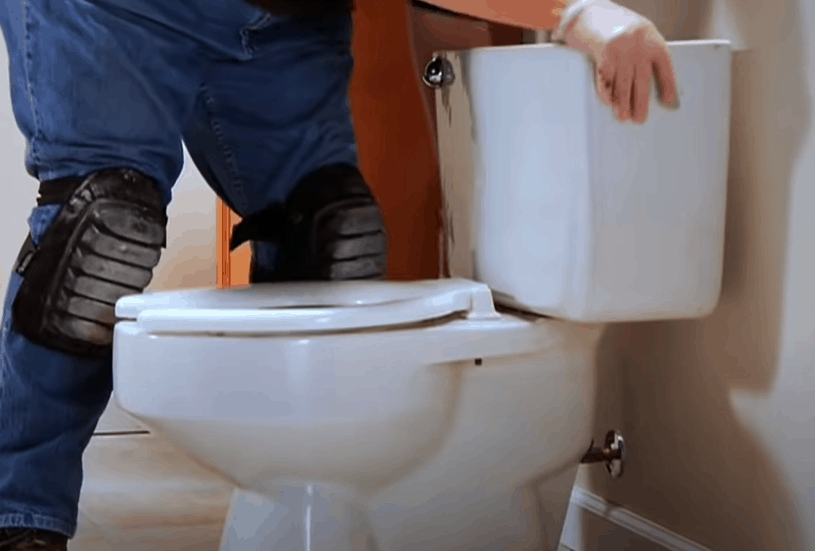
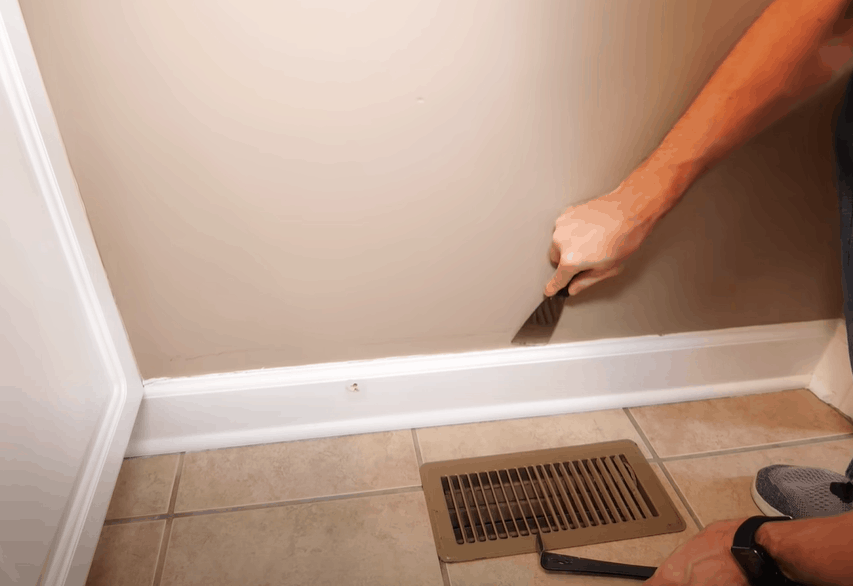
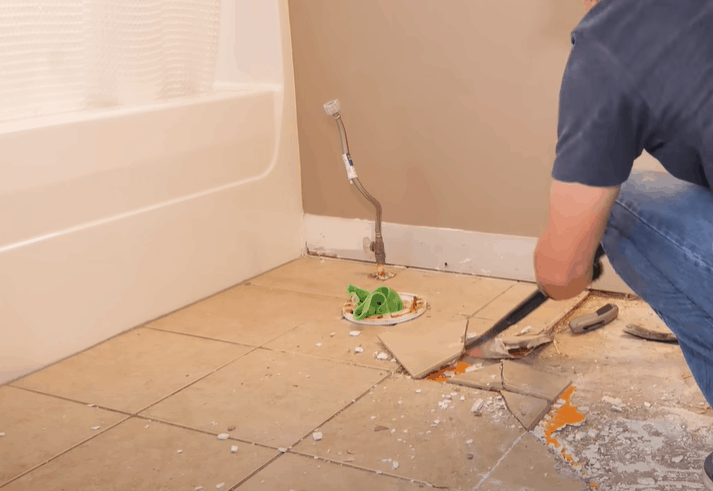
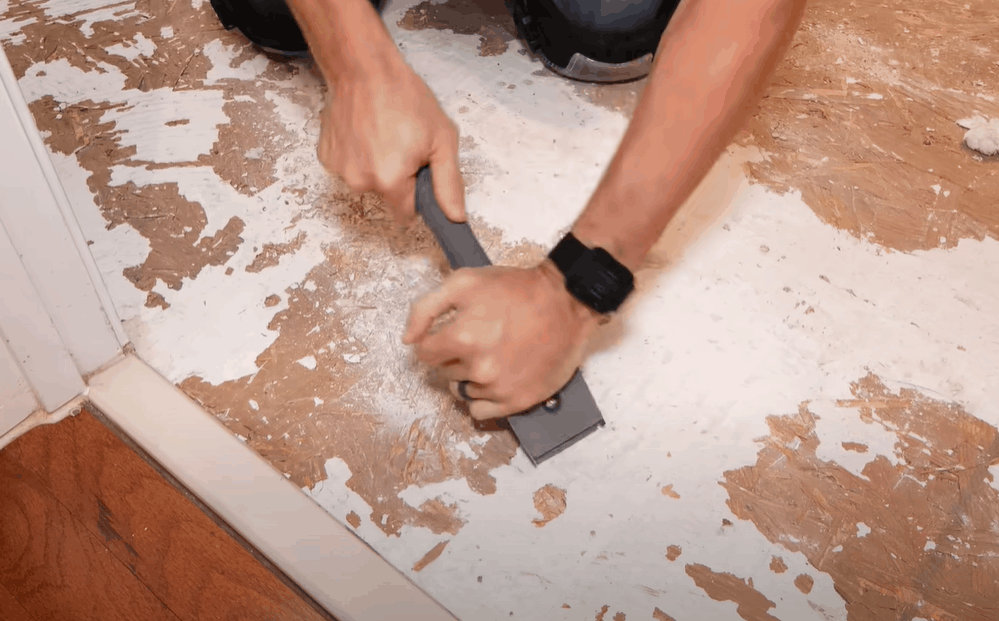
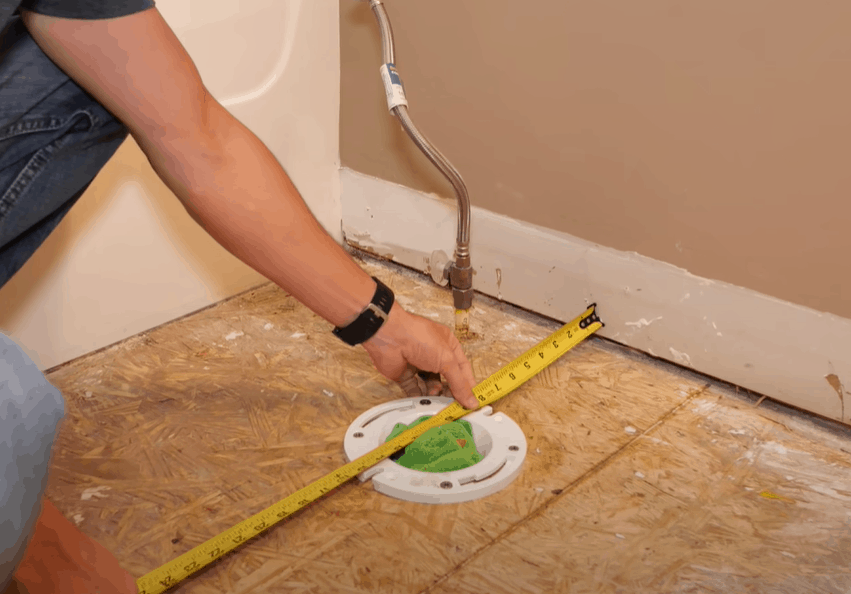
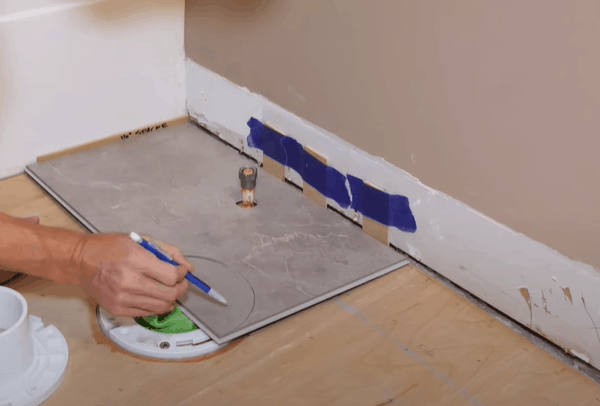
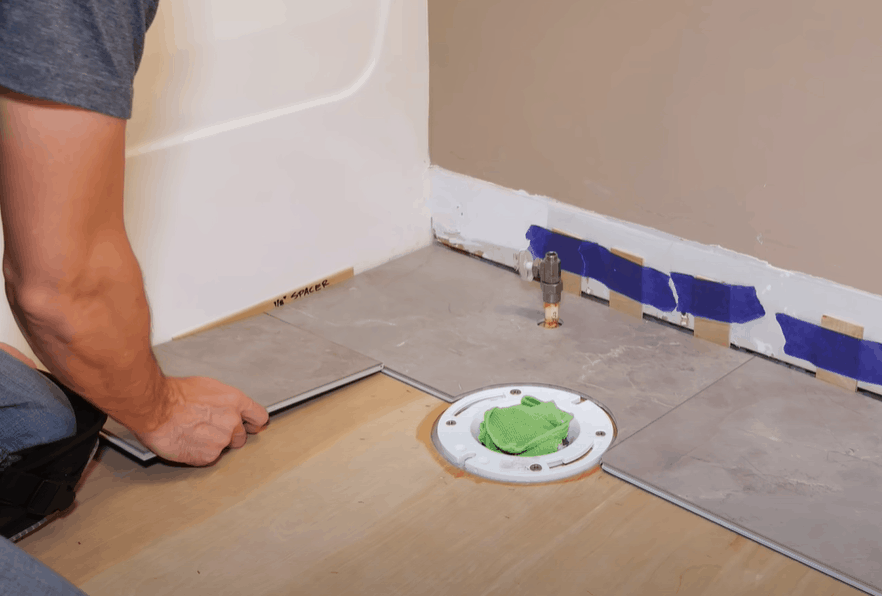
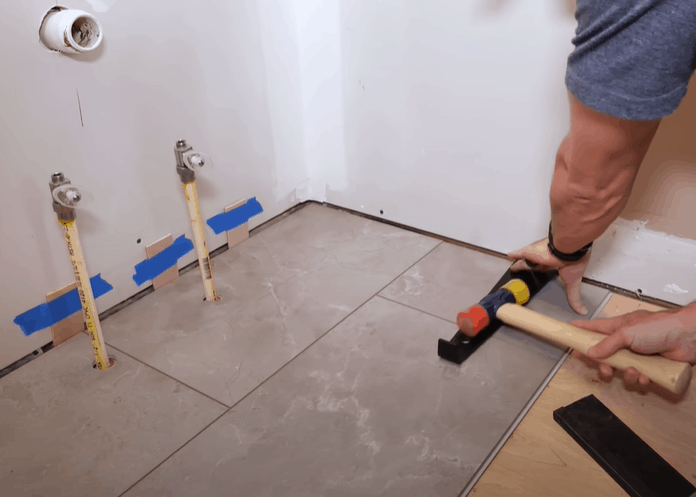
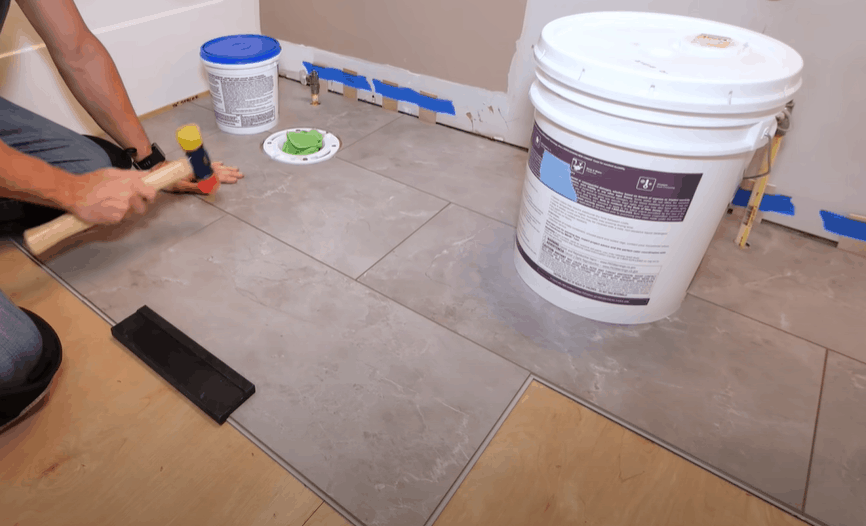
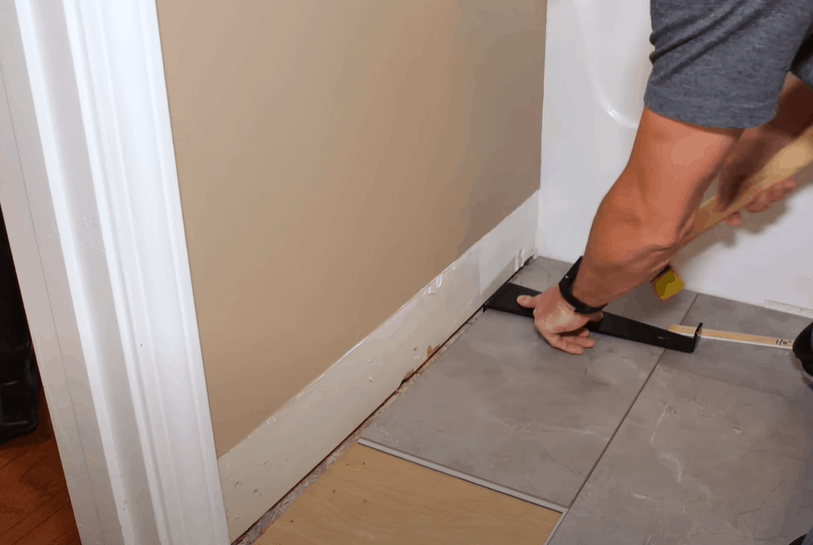
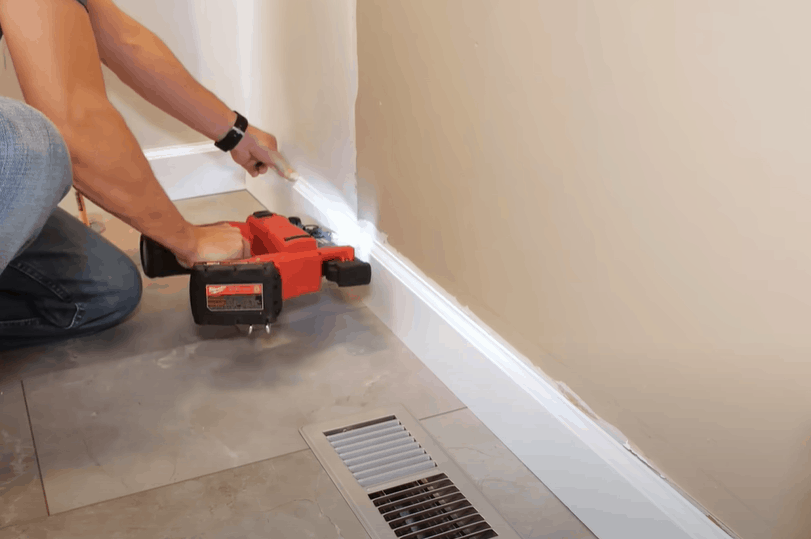
my vinyl flooring is labled waterproof. is it only water resistant? how about at the locking joints?